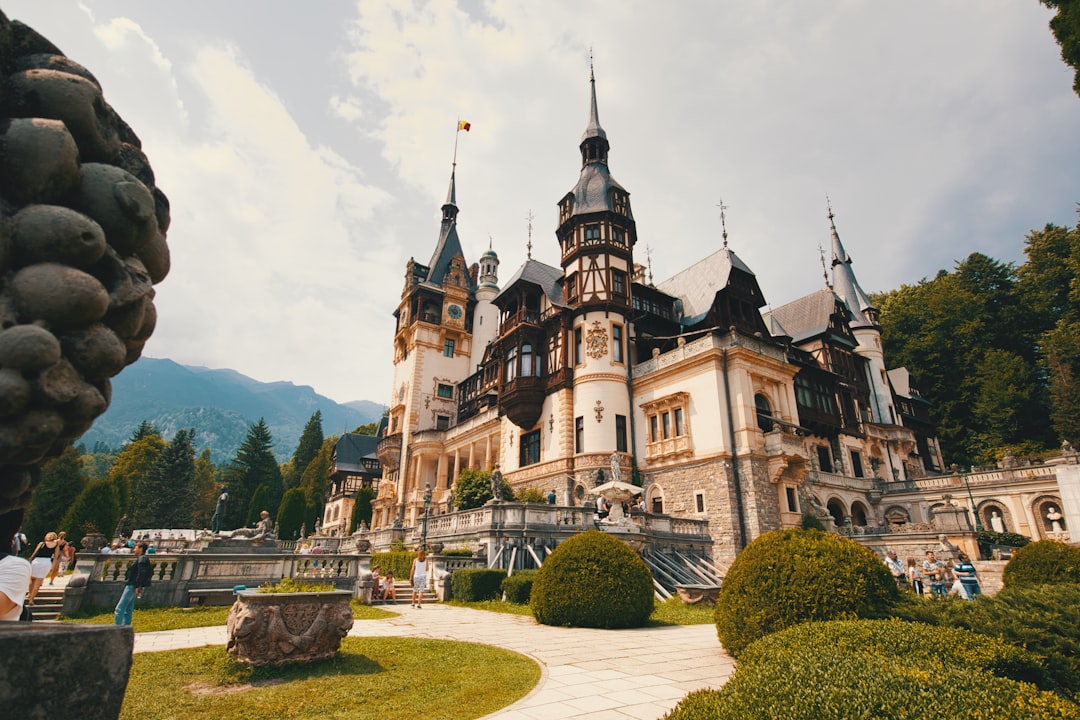Cetatea Făgărașului
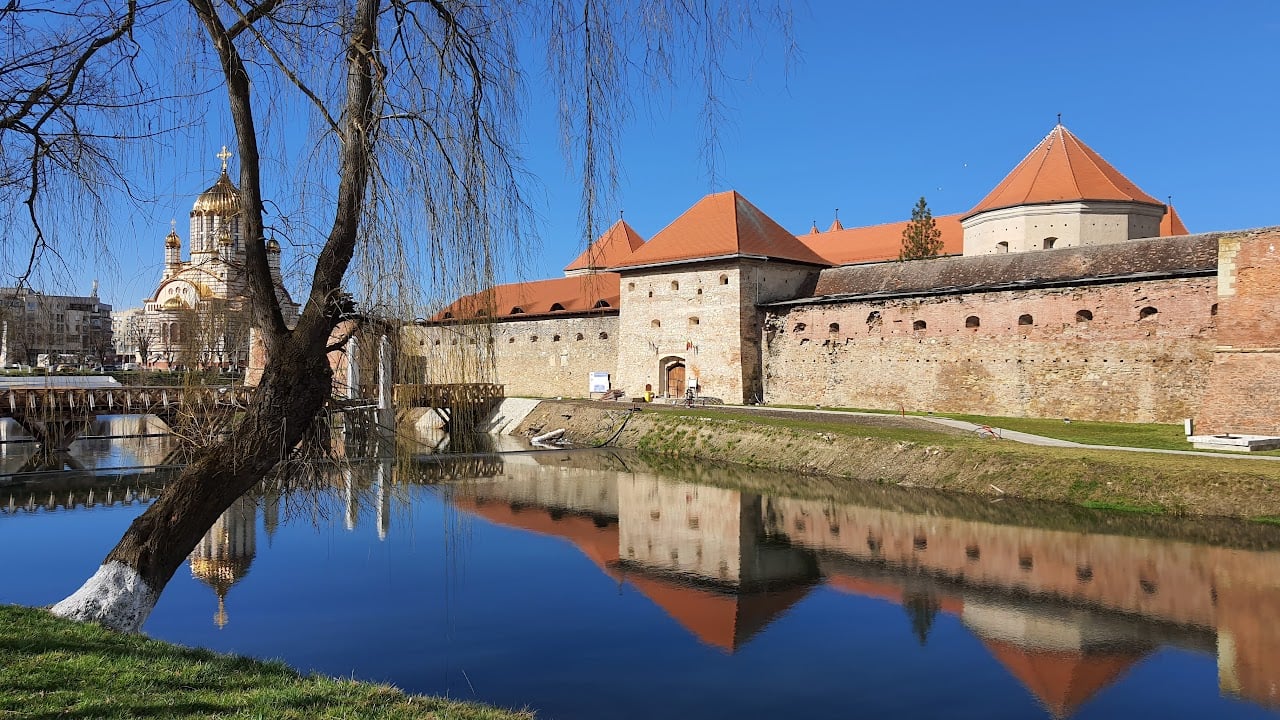
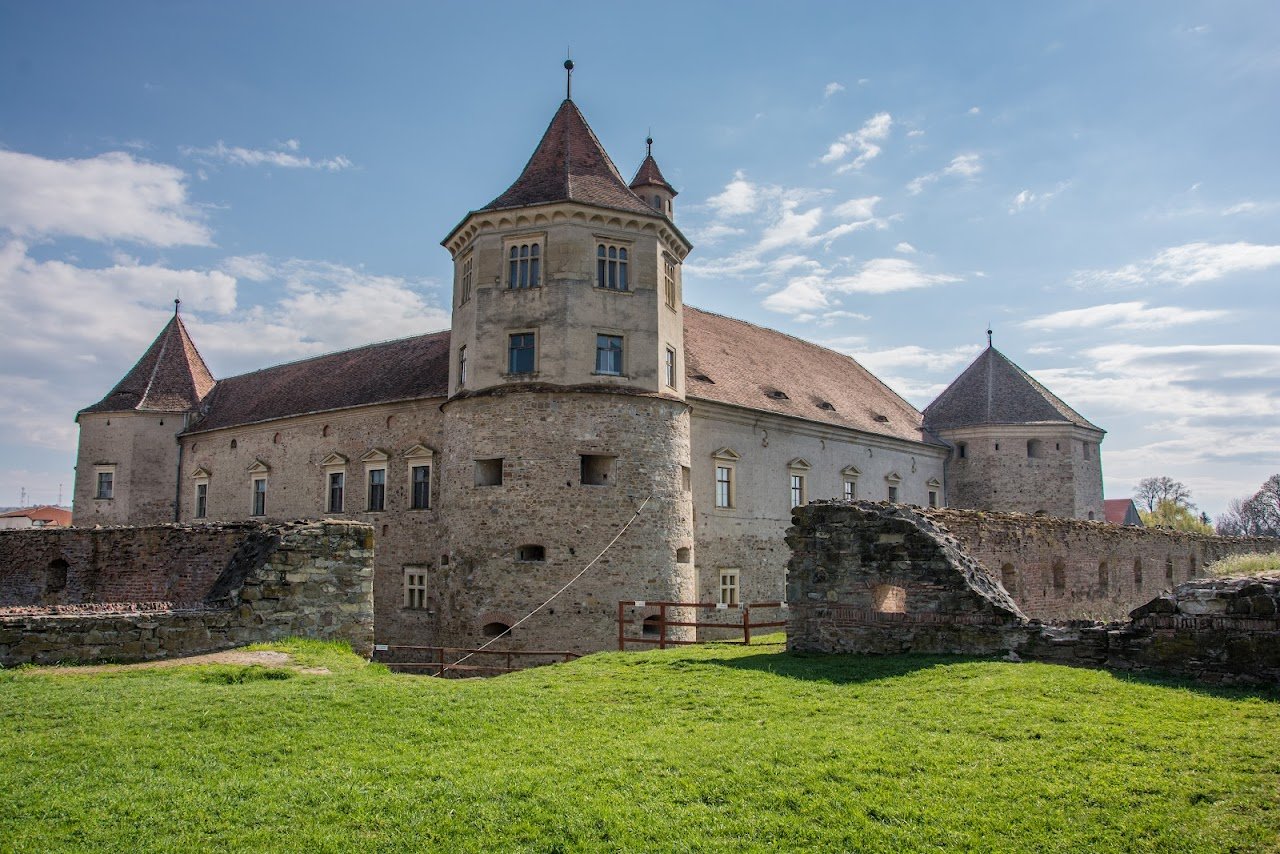
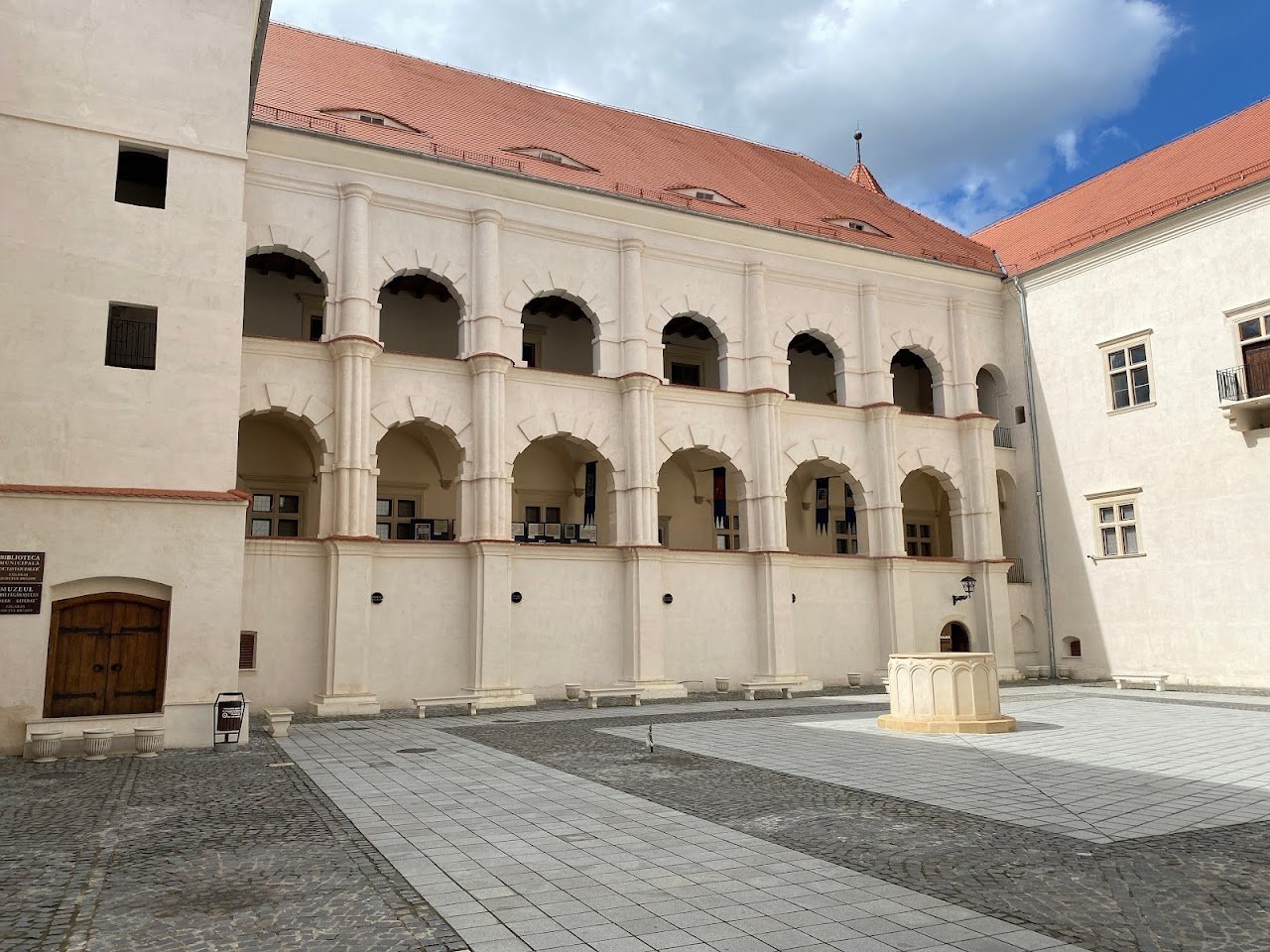
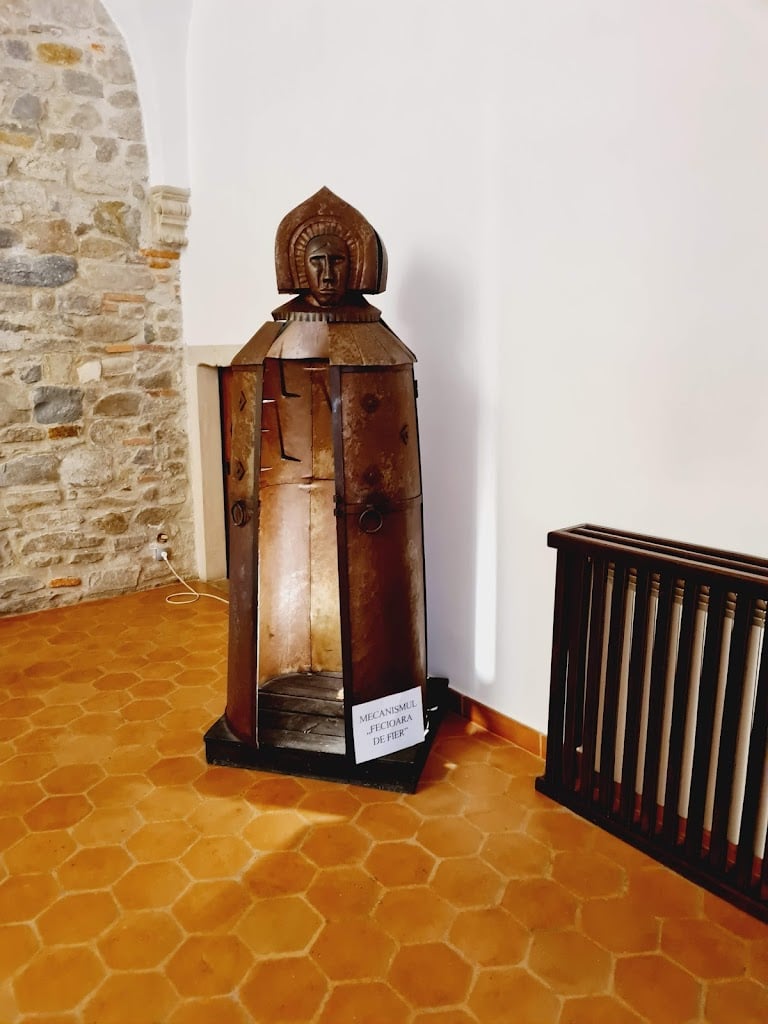
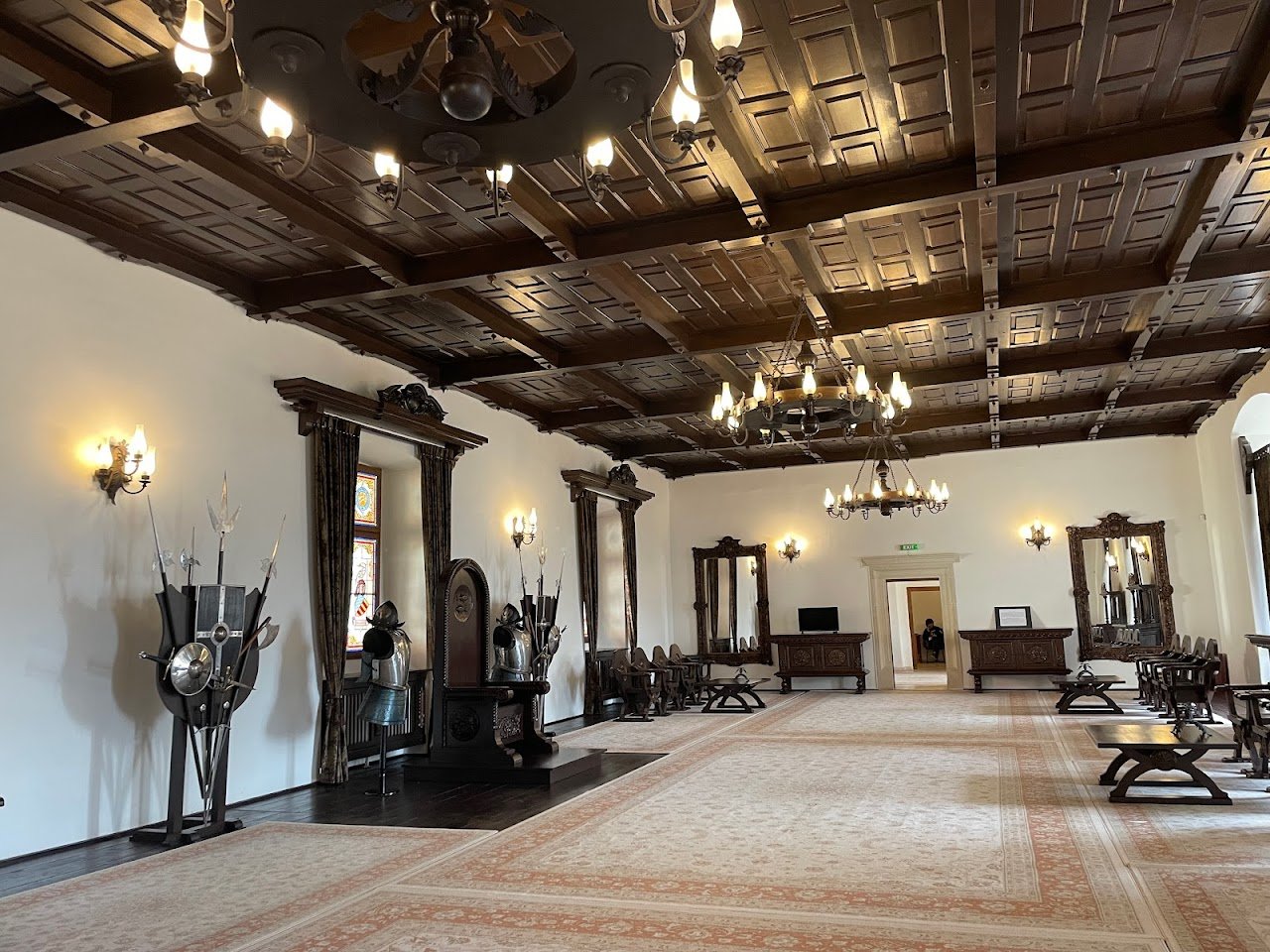
Ask ThatchGPT
Suggest a local expert to plan my trip
Suggest an unique itinerary for my Romania trip
What foods do Romania locals eat
What are some true hidden gems in Romania
Help me brainstorm trip ideas for Romania
Help me plan a family-friendly trip to Romania
What people say
Pedro Pereira
Available for hire
"The construction of the château began in 1310 on the site of an ancient earth and wood fortification of the 12th century. His goal, éminemment stratégique, is the defense of the south-east of Transylvania against the incursions of the Tatars and Ottomans.
The voivode of Transylvania István Maylád entered possession of the château and surrounding domains in 1526 and started the transformation work that made it a veritable château fort. The walls are thus doubled in thickness from the inside. De nouveaux espaces sont aményés en pièces et salles voûtées. In 1541 the Ottomans conducted by Moustapha Pacha attack the fortress. Mailath tombe dans un piège et est emprisonné dans la prison de la fortresse des Sept-Tours, le Yedikule, à Constantinople, où il meurt ten ans plus tard.
Prince of Transylvania from 1599 to 1600, Michel I the Brave takes possession of the fortress. Lors du soulèvement de la noblesse magyare, lui et sa famille y trouveront refuge.
Au cours du xviie siècle (avec quelques courtes interruptions) le château devient la résidence des princes de Transylvania. La diete transylvaine s'y réunira à quatre reprises.
En 1630 les douves sont élargies et léandes par un secret canal à l'Olt. A drawbridge is installed. Later, les caves sont aményées en cachots et accueillyrent des serfs révoltés."
Amy Crowder
Available for hire
"The moated, double-walled fortress at Făgăraş has never been conquered in its more than seven century existence. The current fortress is believed by archeologists to have been built upon the ruins of a defense structure that fell to the Mongol invasion of 1241. Since then, it has functioned as a residence for Transylvanian princes, assembly hall, military garrison, political prison, storehouse, treasury, and most recently museum.
During the 1950's, hundreds of anti-communist prisoners were held at Făgăraş Fortress, the impenetrable medieval design making escape impossible. The prisoners were held without trial in inhumane conditions. A decade later, local administrators prioritized the preservation of the fortress as an important historical landmark above maintaining its penal function. They dismantled it as a prison and initiated years of restoration work. After the fall of communism in 1989, the fortress became a museum.
Guests can now explore exhibits on the art, history and ethnography of Făgăraş, tour the towers, interiors, and grounds, and contemplate at the memorial for prisoners held at the fortress."
Read more in:
Mentioned in these guides
About Cetatea Făgărașului
Get the inside scoop on Cetatea Făgărașului from local experts, travel creators, and tastemakers. Browse genuine trip notes, Cetatea Făgărașului reviews, photos, travel guides, and itineraries from real travelers and plan your trip with confidence.
Phone
Save this spot for later or start mapping out a new trip today
Try our AI Travel Assistant and get instant answers to any questions about your trip.
Ask ThatchGPT
